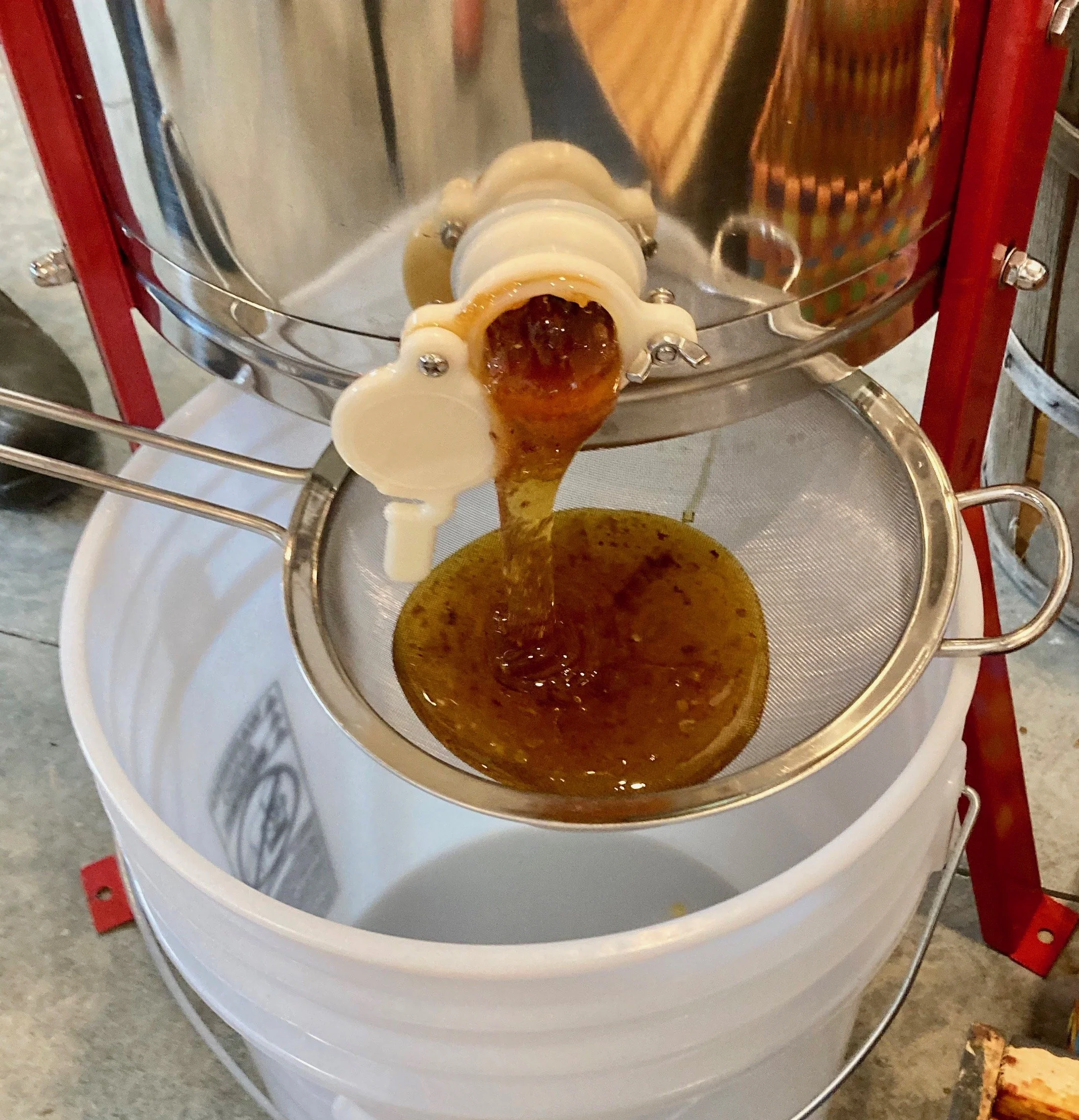Shaggy Farming
Loney Worm Farm is on the shaggy side of things. Grasses grow long; plants considered weeds are abundant. Indeed, within a few years, our farm will no longer resemble a field and will be on its way to becoming a little food forest. For those curious about what we are doing, I talked with our farmer, Jess Cherry.
Me: My mom, who has an organic veggie and flower farm in Northern California, was surprised that you let the grass grow so high that it seeds. Can you talk to that?
Jess: Well, I am a seed saver, so I don’t exactly have a phobia of seeds. But I do pull some plants, like this spotted knapweed. The timing is important. It’s best to wait until they flower. So much of the energy of the plant goes into the flowering that it has a hard time regrouping. If you weed it when it’s young, it can just pop right back.
Jess pulling spotted knapweed
Me: But most of the grasses and plants that aren’t directly in your garden beds you let grow.
Jess: Yes. We don’t mow that often because when the plants live out their life cycle, the soil becomes more dynamic and the land evolves more quickly.
Me: What do you mean by evolving?
Jess: The land is constantly in a process of moving from prairie, which is super competitive, super diverse, more bacteria based, to forest, which is more cooperative and fungal. Of course, there is also competition in the forest and cooperation in the prairie–it’s a question of degree. Forests are more stable; more established, with more specialities and interconnection. The tender’s role is to guide the earth towards that collaborative, symbiotic nichey place that is the forest.
Me: I’ve noticed that there is lots hidden within these tall grasses.
Jess: Yes. The places that look like strips of unmowed hayfield are the beginnings of hedgerows where we have planted trees and shrubs and bushes. As these higher evolution plants grow, they will transform the land. The hedgerows will still be wild, but the prairie grasses will be replaced by herbs and low growing vines. The plants that show up will give us clues as to where to go from there, it’s about listening and observing and having a conversation with the land.
Me: And the trees and higher evolution plants will be better for sinking carbon?
Jess: Yes. But even with our annuals we are trying to let them sink as much carbon as they can, like the integrated trench system I made to keep the beds moist; it builds fungal chitin and locks the carbon into the ground.
Me: Back to the unmowed grasses, I have noticed finches eating the seeds.
Jess: Yes, they live down in this swampy area and visit all the time. There are alot of allies to the farmer/gardener, but birds are number one. They are much more effective at fighting insects than humans. Humans can be effective if they use certain methods, but those methods can cause more harm than good. So the birds are great. That is what they do: eat bugs. So we put up houses for them, maintain habitats for them, and give them lots of opportunity to have food. It is a long term way to build relationships. Animals want to feel secure, safe, like they are experiencing the abundance of nature–this goes for humans, too, everything really. When you make it a point to tell the birds, we’re going to make a safe and abundant habitat for you, then the birds are going to tell their friends. When the trees grow, even more will come and eat the fruit.
Me: And what if they eat all of it?
Jess: If you plant enough, there should be enough fruit for everyone. That’s a question I get asked alot, particularly around blueberries. Do you net your blueberries? I don’t. In my experience, the more bushes, the less loss. The birds are also fertilizing everything.
Me: And so the strategy is to share?
Jess: Yes, and to be mindful about harvesting.
And what did we harvest this week? Honey! It was a rainy day, so we tested out our new honey extractor in the barn. The smell was divine. I wish I could send you a whiff, but Elana posted a great movie you can see on Lonely Worm Farm’s Insta account.
Jeron cranking the honey extractor.
Honey coming out!



